Posted by Lowell Strauss on 2022 Jun 16th
Maximize Performance with Mental Imagery
It’s a powerful tool that can dramatically improve shooting performance with use. It doesn’t cost money or requires special gear. And the best part? You can train anytime or anywhere. It’s called visualization and uses vivid images of success to program the subconscious brain. These newly created memories improve shooting skills and boost performance.
With visualization, shooters know how to deliver a perfect ‘10X’ shot because they’ve practiced it in their minds. Today, I describe visualization for long-range target shooting sports. Hunters can use these same techniques for success in the field by substituting paper and steel for flesh and bone.
More: How to Become a Pro Shooter Without Ammunition
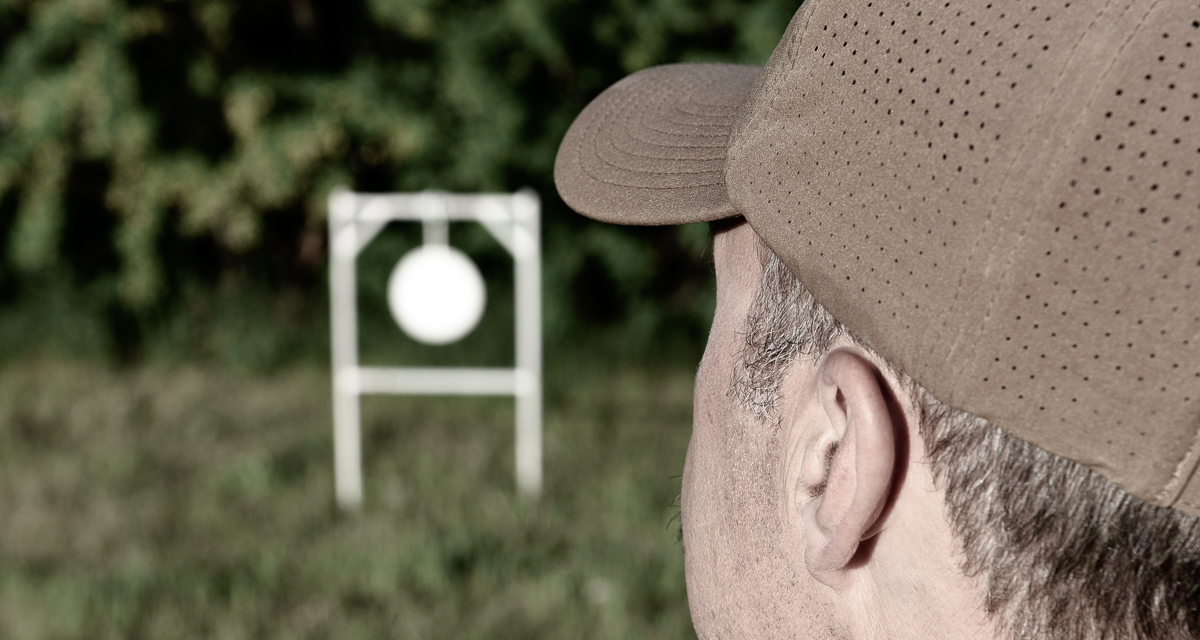
Visualization improves shooting skills faster than live-fire training alone.
WHO USES VISUALIZATION?
Elite-level athletes in all sports “get in the zone” through visualization. Throwing, catching, or hitting all seem easier using this technique. They block loud, distracting noises and focus on winning. Planning and rehearsing each play in their head prepares them for any game situation.
Now, imagine the power of ignoring the boom of a neighboring competitor’s rifle or slowing down the reticle and squeezing the trigger at precisely the right moment (centered on the target). Because you control the outcomes, it’s all possible through visualization!
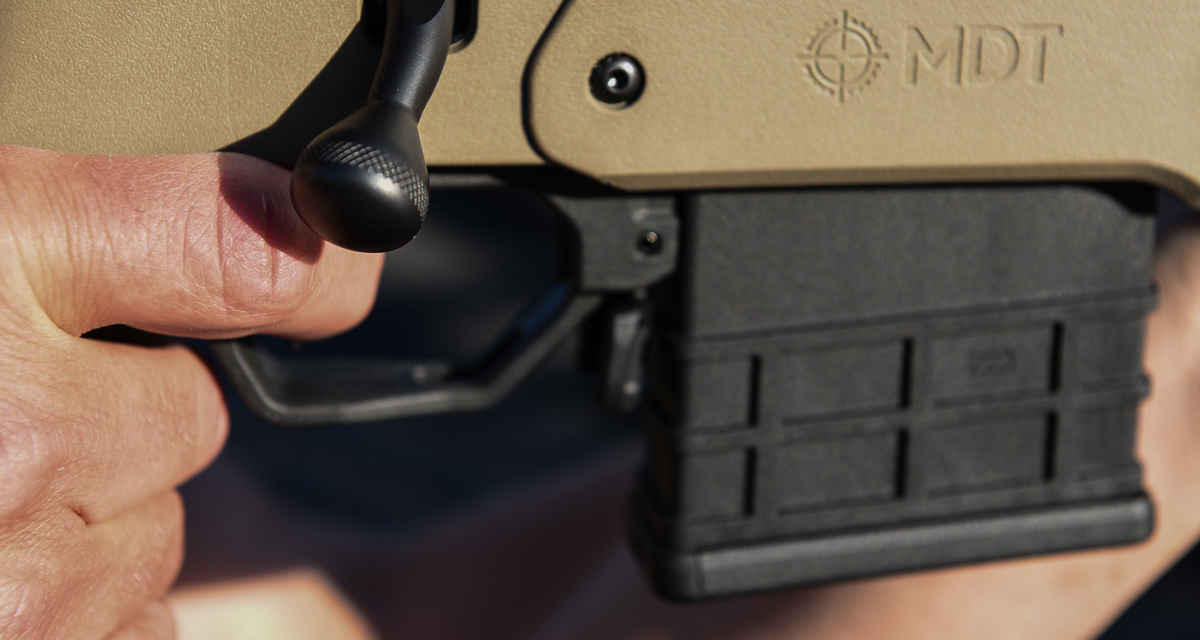
Focusing on the mental image of a 'perfect' shot boosts confidence and performance on the range.
WHAT IS VISUALIZATION?
It’s the ability to see success in your mind. The visualization process starts in a quiet place (at home and not the gun range). Start by thinking about the steps to success in your discipline. It’s important to only think about doing things right (negative thoughts are bad mojo!). In your mind, you never miss, and every shot is textbook in its execution. Close your eyes and focus on the skills required for the perfect shot. We’ve all made shots where everything feels right; think about that now.
Visualization is something you can do every day. Remember quality over quantity. A 10-minute session every day beats sporadic hour-long sessions. If your mind wanders, cut your session short and try again tomorrow. Visualization is ideal before dry-fire practice or, depending on the sport, between shots on the range.
STEP-BY-STEP
The more realistic and detailed the mental image, the more it helps you learn from the drill. Break down each step into individual parts. Think about the controls on the rifle. Where is the safety? Does it click when it’s switched on or off? Where is the magazine release? Which direction does the scope’s power ring turn to increase and decrease magnification?
Next, imagine a firing sequence starting with loading the magazine, closing the bolt, disengaging the safety, squeezing the trigger, and feeling the rifle recoil straight back. Watch as the rifle settles back onto the target, lift the bolt handle, extract the spent case and load the new one. Try to create and add as much detail as possible.
Unfortunately, we can’t control the weather. So mentally train for all conditions. Imagine hot sunny days and cold rainy ones too. Expect strong wind and dream of making the perfect wind call. The further we push our limits more we learn and benefit from the virtual training experience.
My visualization checklist includes testing my body alignment with the target and examining my scope turrets, ensuring they’re dialed and focused for the correct distance. I mimic competition breathing and visualize its calming effect. I imagine the ideal trigger squeeze with no left or right movement—just perfectly straight back. When the ‘virtual shot' breaks, I feel the rifle recoiling straight back into my shoulder and see the bullet exiting the muzzle. I visualize its trajectory to the target and a center mass hit.
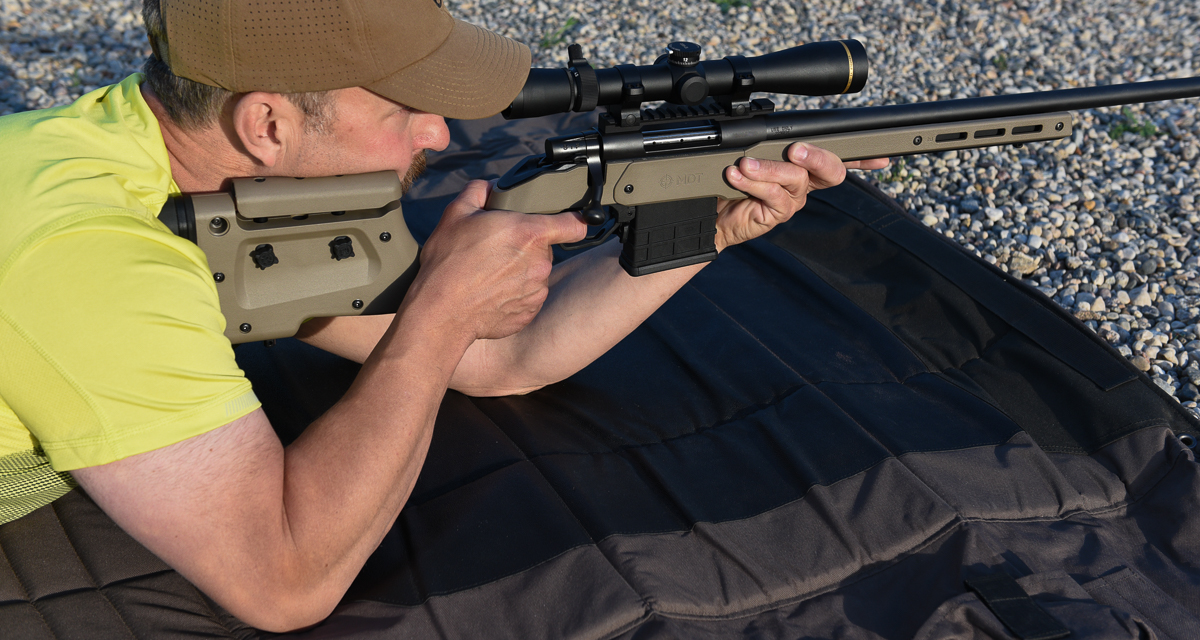
Picturing the scope reticle centered on the target 'programs' the subconscious brain to squeeze the trigger at just the right time.
OPTIMISM
While visualization builds skills and enhances performance, positive feelings are equally important. An optimistic outlook builds confidence, reduces stress, and fuels high performance. Imagine the feelings of achieving a personal best or winning a medal; those emotions produce determination and perseverance. It’s a winning mindset evident in the results.
MAKE PRACTICE REAL - USE YOUR SENSES
There are dozens of little details you can incorporate into visualization drills. What color are the targets? Where do you position your ammo box or extra magazines? Does the range smell of cut grass or gunpowder? Where is the sun relative to the targets? What are the wind indicators doing? The list goes on and on.
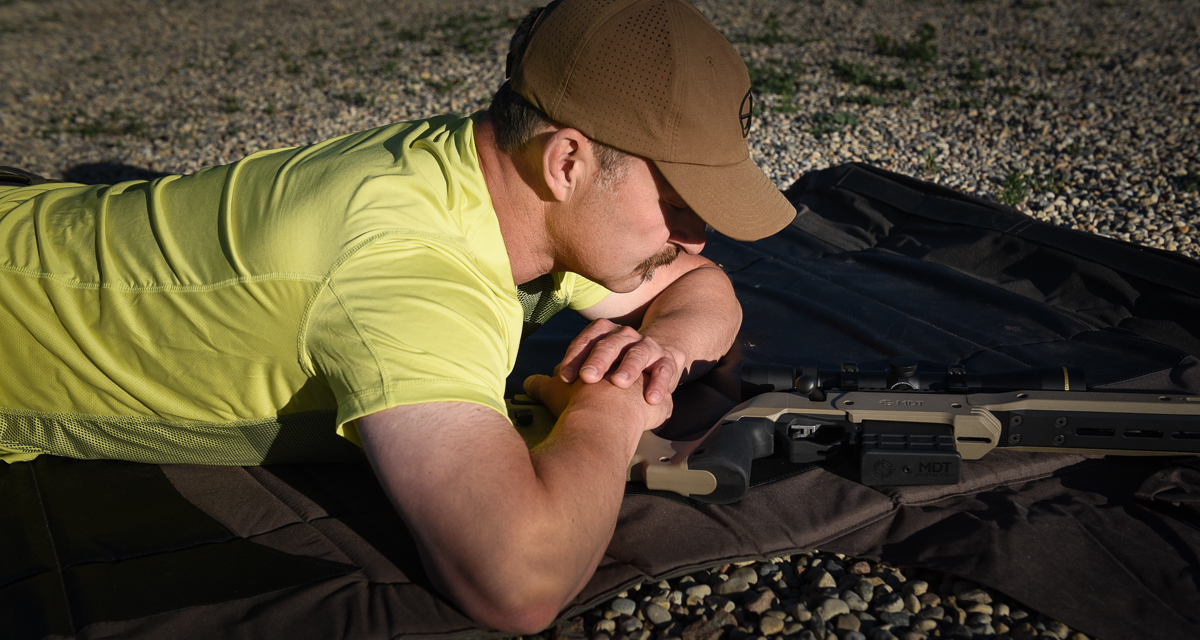
Combining visualization with dry-fire superchargers training sessions.
REHEARSE
Mentally preparing for each stage is a solid tactic for any competition. Most shooters know that a cold bore shot often has a slightly different point of impact. To minimize first-shot errors, shooters need to warm up too. Pre-competition visualization is a great way to work out the jitters and prepare at home or on the range.
- In some sports, it helps to be familiar with the range’s layout but isn’t entirely necessary. However, picturing the course of fire allows competitors to visualize each stage and determine an efficient strategy to shoot their best.
- Combining visualization with dry-fire superchargers training sessions. It melds the physicality of handling the rifle with the metal benefits of imagery.
Visualization improves shooting skills faster than live-fire training alone. It reduces competition stress and prepares you mentally for the challenge ahead. Make your live-fire training session more effective by implementing low-cost, high-gain visualization training into your routine.
ABOUT THE AUTHOR
Lowell Strauss began shooting at a young age, eliminating pests from his family’s farm. Later he started hunting, then offseason target shooting. His fascination with guns and how they work led him to join the Canadian Forces Primary Reserves, where he trained and served five years as a Weapons Technician. Lowell is currently a hunter and firearms safety instructor, target shooting and biathlon coach and a full-time freelance writer and photographer focusing on shooting sports and the outdoors. IG and Facebook: @straussoutdoors @theBallisticsLab

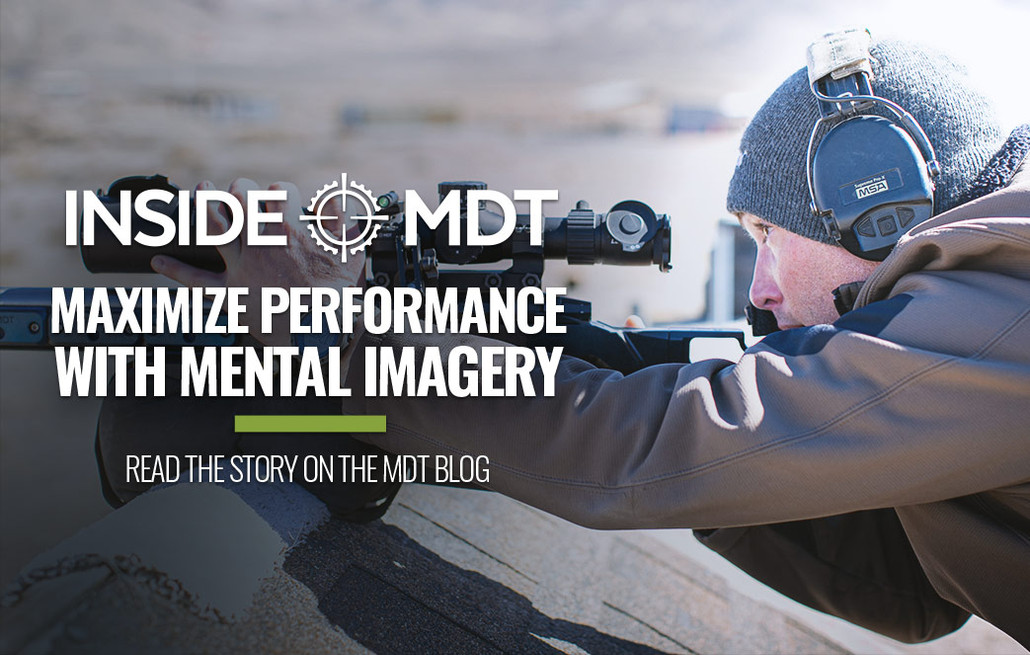
 CAD
CAD
 Euro
Euro
